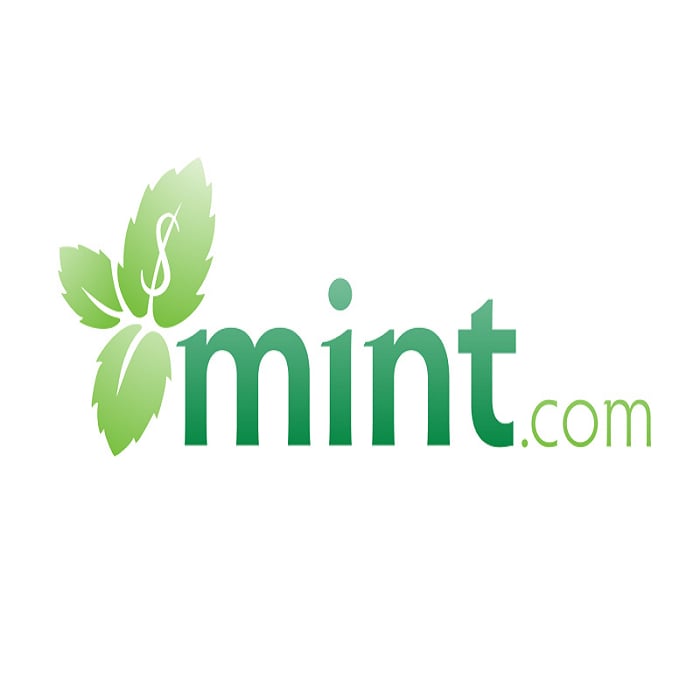Hello!
 Now more than ever, small businesses face the reality that if they want to grow and succeed, they need to go digital.
Now more than ever, small businesses face the reality that if they want to grow and succeed, they need to go digital.
However, the journey does not come without challenges. From handling the financial aspect to dealing with tough competition and an unpredictable market landscape, a startup has to be ready to take on every challenge.
Being prepared and having marketing strategies for digital growth in place could greatly help.
Why Digital Growth Strategy Is Essential for Startups and Small Businesses
It is surprising that there are still a lot of businesses that don’t have a solid digital marketing strategy considering most consumers turn to digital channels for a significant chunk of their needs. But why is it essential to have growth strategies for startups?
The scope of digital marketing is wider than you could probably imagine. There’s email marketing, content, SEO, and social media, among others. Without a strategy, it would be difficult to determine where you need to start, or which aspects of your digital marketing need refining. Also, it would be really tough for you to compete with other brands in your industry unless you don’t take your digital growth seriously.
Digital Statistics You Need to Know in 2025

- There are 5.52 billion internet users.
- The number of people using social media has grown by over 9 percent from last year and is now at 5.22 billion.
- There are 2.05 billion people in the world shop online.
- The average value of online orders depends largely on the device used.

Top 3 Elements of Digital Growth Strategy
#1. A Framework
The foundation of every growth hacking strategy is a well-developed growth framework that can be regularly tweaked depending on the insight you have gathered with the goal of improving the results you’re getting. Your team has to collect essential data (you can narrow this down to what is most important later on). Remember that your goal here is to better understand where you stand presently so that you can experiment with new approaches and work on optimizing for better outcomes.
#2. Conversion Points That Can Generate Growth
Growth hacking is all about identifying certain points in your funnel that you can refine to get more conversions and higher revenues. Some of these points that are considered common points that you can improve on to speed up your growth include the point where you can turn casual readers to subscribers through high-quality blogs, convert free-using customers to paying customers which you can achieve by improving customer experience or (at the risk of repelling some) limiting access to your product.
#3. Software Tools for Your Growth
More than ever, tools are available in the market for everyone to access. It is up to you to determine which of these tools can be of use to you. There is a lot that you can find that are for specific purposes that can help you manage your business or do digital marketing more efficiently.
3 Crucial Challenges that Get in the Way of a Startup’s Digital Growth
1.) Lacking Vision
 There are businesses out there that are operating without a clear long-term vision. This problem is not only seen with startups. There are some major companies that struggle with establishing what it is that they want in their future and how they can take their business to that point.
There are businesses out there that are operating without a clear long-term vision. This problem is not only seen with startups. There are some major companies that struggle with establishing what it is that they want in their future and how they can take their business to that point.
For instance, brands like Nokia and Kodak had been so secure with their position in their respective industries back then and failed to see what the future should look like. It was like a case of “don’t fix what’s not broken.”
The problem is that they didn’t look beyond what they had and even turned away from the idea of going digital (for Kodak) and the prospect that data offered(in the case of Nokia).
What you can do to overcome this challenge is to establish direction and a clear vision - one that includes assessing your status on a regular basis, pushing yourself to keep improving and innovating and working on penetrating new markets, among others.
2.) Boosting Brand Awareness
 Have you ever wondered how there are suddenly hundreds if not thousands of popular brands that just sprouted from nowhere? See, that’s the problem - many startups want that level of brand awareness without recognizing that it doesn’t overnight, and certainly not without exerting efforts and building strategies.
Have you ever wondered how there are suddenly hundreds if not thousands of popular brands that just sprouted from nowhere? See, that’s the problem - many startups want that level of brand awareness without recognizing that it doesn’t overnight, and certainly not without exerting efforts and building strategies.
While you may not have thousands of dollars to spend on your marketing campaigns, you can have solid strategies that require more effort than money. One example is blogging. You can build brand awareness by posting informative and engaging articles on a regular basis not only to drive traffic and increase leads but to position yourself as an authority in your field, too.
If blogging isn’t your thing or your team is already handling a lot of tasks, you might want to consider outsourcing. You may want to work with digital marketing agencies or freelancers who can handle it for you.
3.) Choosing Between Quality and Growth
This is a challenge that varies for every startup simply because each one is in a different situation from the others. There are companies that make the mistake of rushing their growth despite the potential consequences.
For instance, a business can push for growth and take drop shipping without being ready for it. To meet with the demand, quality is compromised, both in the products they offer and the customer service.
Whether it’s your products, the technology you are using, your digital marketing efforts, and more, you have to remember to focus on your customers. What they’ll feel about your products, how they would respond to the technology you’re using, how they react to your marketing efforts. That’s one of the best ways to ensure that you can achieve growth and not compromise quality.
The key here is not to choose but to achieve balance. There may be times when you have to tilt the scales a bit, and that’s okay, but remember that you cannot neglect one or the other at any time.
5 Brands That Succeeded as Digital Startups
MailChimp
 It may be hard to imagine MailChimp as a startup when it’s basically considered an email platform giant today.
It may be hard to imagine MailChimp as a startup when it’s basically considered an email platform giant today.
But back in 2000, it was but a bootstrapped dream of web designers Ben Chestnut and Dan Kurzius who were both laid off from their jobs.
It took them seven years to finally set their focus on MailChimp but when they did so they sure nailed it. In 2017, MailChimp was awarded Inc.’s Company of the Year and to date, the company is still founder-owned.
Glossier
 Glossier, is a brand that resulted from a successful beauty blog. In 2010, beauty blogger Emily Weiss started Into the Gloss and when it skyrocketed, she and her team decided to take on the challenges of e-commerce.
Glossier, is a brand that resulted from a successful beauty blog. In 2010, beauty blogger Emily Weiss started Into the Gloss and when it skyrocketed, she and her team decided to take on the challenges of e-commerce.
The brand built its name through active interaction with their audience on social media, as well as via email and surveys.
This brand is proof that it pays to listen to your audience. Glossier practically built their products from their consumers’ perspective.
The brand was also able to catch the attention of its potential customers when they decided to post “teasers” for a month, triggering the audience’s curiosity and engaging them until they did the actual launch. To this day, Glossier is still a master at content and social media marketing.
Mint
 Mint is a company that has proven how it is possible for startups to enter a crowded niche as long as you have strong digital marketing strategies and you execute them well. While not as popular as their predecessors back when they started, Mint has focused on an effective strategy - they continuously posted high-quality content.
Mint is a company that has proven how it is possible for startups to enter a crowded niche as long as you have strong digital marketing strategies and you execute them well. While not as popular as their predecessors back when they started, Mint has focused on an effective strategy - they continuously posted high-quality content.
They published blog posts that were not only informative but also shareable. Their infographics were eye-catching, too.
Thanks to their relentless efforts in digital marketing, they have been able to acquire a huge online following. Mint has been sold at the eye-popping price of $170 million to Intuit.
Airbnb
 Who hasn’t heard of Airbnb when it actually changed the face of booking travel and accommodation?
Who hasn’t heard of Airbnb when it actually changed the face of booking travel and accommodation?
Interestingly, the now household name was born from the idea of its founders when they couldn’t afford their rent.
Their approach to marketing was straightforward. Their target audience were both hosts looking for guests and travelers looking for accommodation. They primarily used images and videos from their users themselves, and came up with valuable content, from how-to articles and videos to city guides.
Airbnb teaches everyone a lesson: to succeed you need to create demand for what you are offering, be it a product or a service. Also, you can’t beat content when it comes to generating audience interest.
Slack
This tool has proven that focusing on customer experience can take you to great heights. Slack started with only 15,000 users when it launched back in 2014. In only six months, the number of users grew to over 171,000 and before the year ended, they had almost half a million users. Now, it has around 5 million users.
Their secret? They brand their offering as a solution instead of a product. They are consistently improving customer experience, knowing how a user’s positive experience can speak volumes. Slack also believes in communicating with their audience that they maintain they respond to about 8,000 help desk tickets as well as reply to 10,000 tweets every month!
Digital Growth Challenges for Small Businesses and Startups
Every startup has to deal with digital growth challenges. What separates the successful ones from others that fail is a solid strategy. Growth hacking is more than launching marketing campaigns and dealing with them one at a time. While those may be effective in helping you achieve short-term goals, if you really want to see yourself in the ranks of powerful brands, you’ve got to plan for the long haul.
Thank you!
Subscribe to our newsletter! Join us on social networks!
See you!






